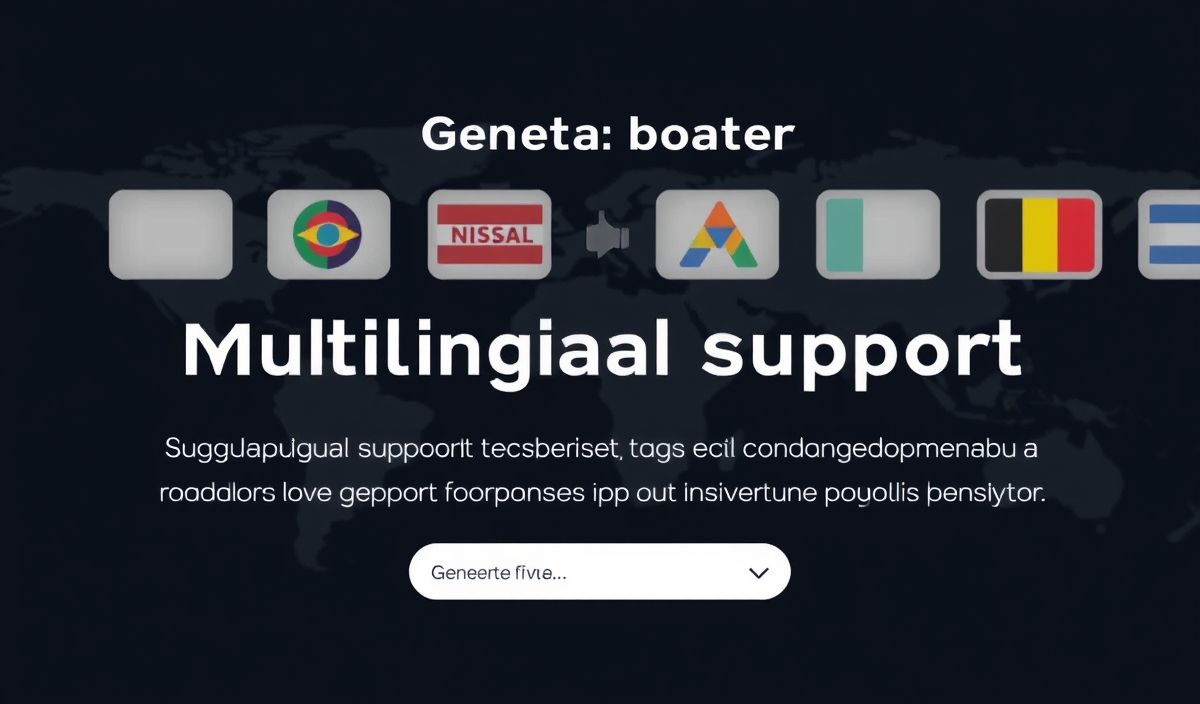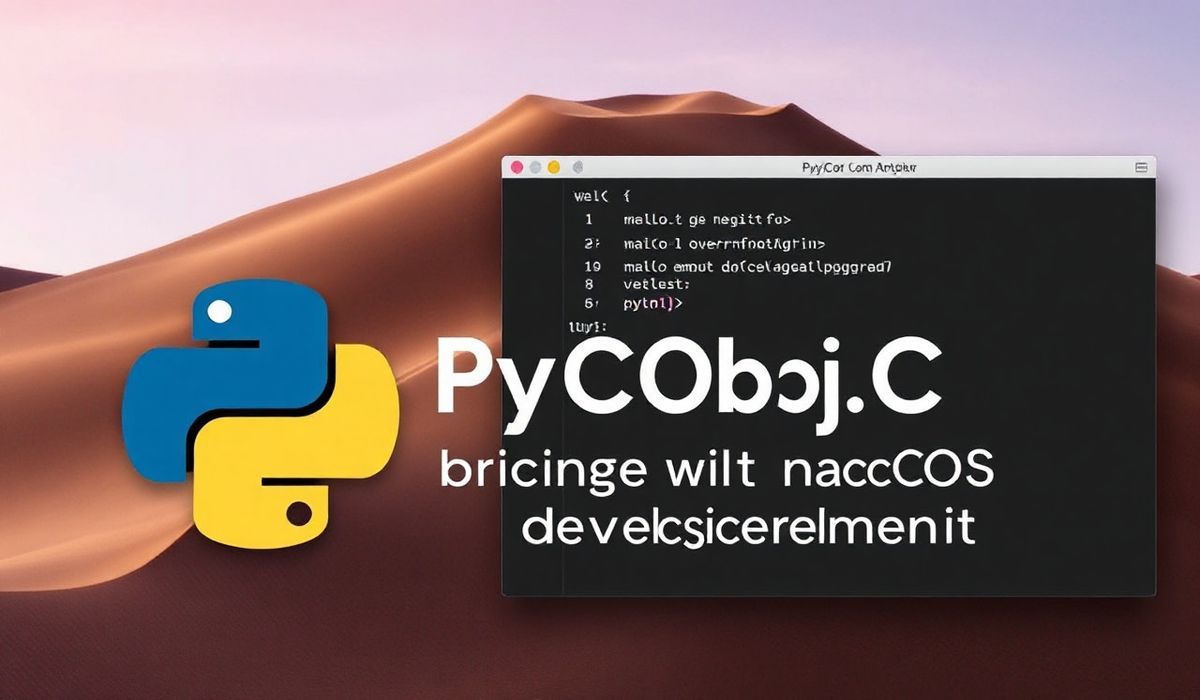Language tags, as defined by BCP 47 (Best Current Practice), play a critical role in modern software development by providing a standardized way to indicate languages used in web pages, documents, and applications. These tags are essential for building applications that support multiple languages and locales, making them vital for internationalization and localization (i18n and L10n). In this article, we will delve into the details of language tags and provide dozens of useful API explanations along with code snippets to help you get started. We will also showcase a sample application that utilizes these APIs effectively.
Why Language Tags?
Language tags facilitate the use and display of content in different languages. They are crucial for ensuring that applications can cater to a global audience by displaying the correct language and locale-specific formats. By following the BCP 47 standard, language tags provide a consistent and reliable way to handle multilingual content.
Common API Methods
Creating a Language Tag
To create a language tag:
const languageTag = new Intl.Locale('en-US');
console.log(languageTag.toString()); // "en-US"
Parsing Language Tags
Parsing language tags from a string:
const locale = new Intl.Locale('sr-Latn-RS');
console.log(locale.language); // "sr"
console.log(locale.script); // "Latn"
console.log(locale.region); // "RS"
Formatting Dates and Numbers
Formatting dates based on the language tag:
const date = new Date();
const formattedDate = new Intl.DateTimeFormat('fr-CA').format(date);
console.log(formattedDate); // "2023-10-12"
Formatting numbers:
const number = 123456.789;
const formattedNumber = new Intl.NumberFormat('de-DE').format(number);
console.log(formattedNumber); // "123.456,789"
Comparing Strings
Using Collator to compare strings:
const collator = new Intl.Collator('es-ES');
const result = collator.compare('hola', 'adios');
console.log(result); // Output can be -1, 0, or 1 based on comparison
Example Application
Let us create a simple web application that changes the display language based on the user-selected language tag:
<!DOCTYPE html>
<html lang="en">
<head>
<meta charset="UTF-8">
<meta name="viewport" content="width=device-width, initial-scale=1.0">
<title>Language Tag Example</title>
</head>
<body>
<h1 id="greeting">Hello!</h1>
<label for="language-select">Choose a language:</label>
<select id="language-select">
<option value="en-US">English (US)</option>
<option value="es-ES">Spanish (Spain)</option>
<option value="fr-FR">French (France)</option>
</select>
<script>
const greetings = {
'en-US': 'Hello!',
'es-ES': '¡Hola!',
'fr-FR': 'Bonjour!',
};
document.getElementById('language-select').addEventListener('change', function(event) {
const selectedLanguage = event.target.value;
document.getElementById('greeting').textContent = greetings[selectedLanguage] || 'Hello!';
});
</script>
</body>
</html>
In the above example, the greeting message changes based on the selected language from the dropdown. This highlights the importance and practical usage of language tags in a simple yet effective manner.
By understanding and leveraging the power of language tags and the related APIs, developers can create more inclusive and user-friendly applications that cater to diverse linguistic preferences and locales.
Hash: cdbfed30cfb23e4554ce712ef527b725a10547b653880b162fdedaa35e08a1a0




